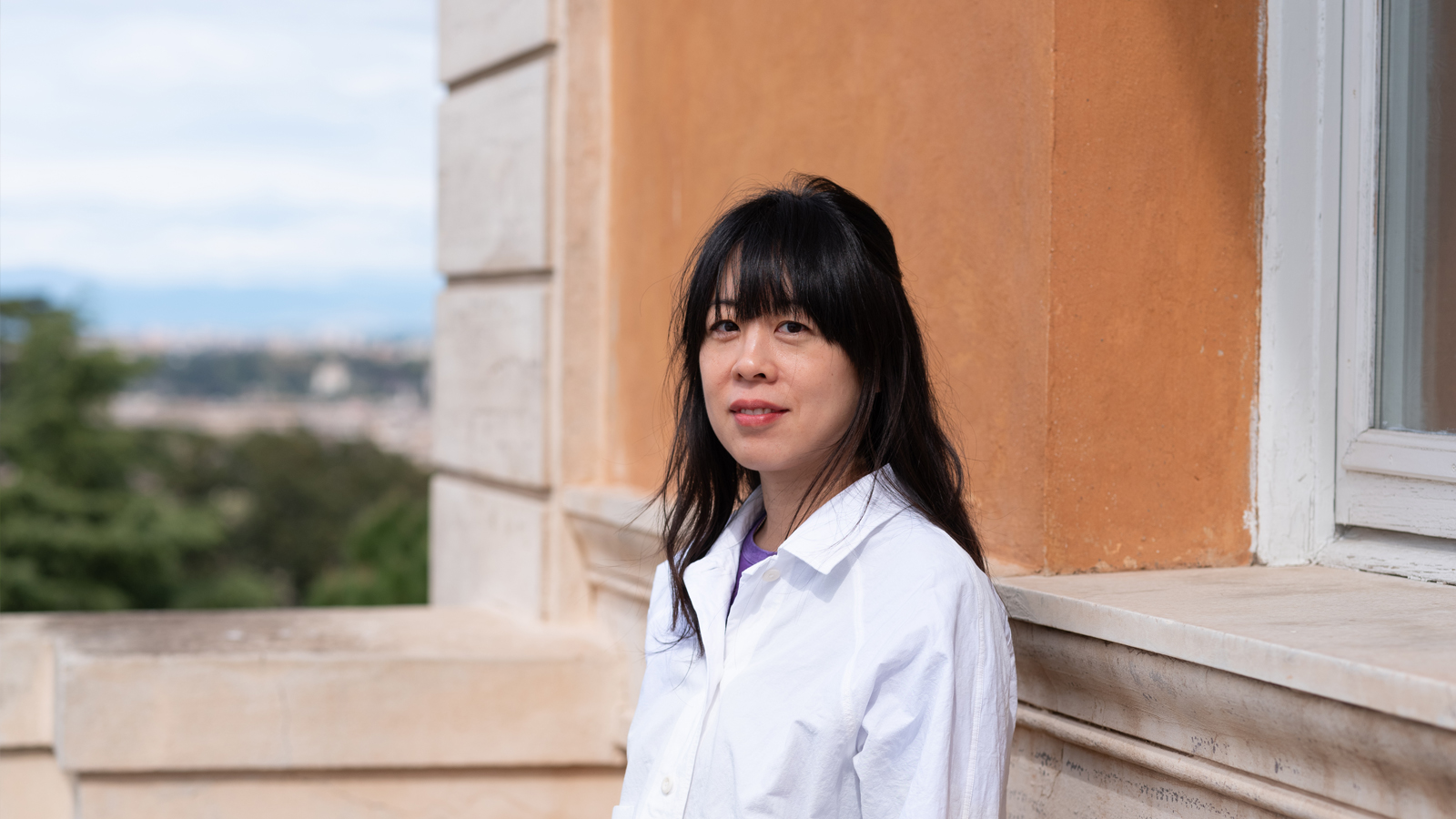
Undergirding the freedom granted by artist residency programs is the architecture housing its artists and staff. In urban and rural contexts, in villas and single-family homes, artist colonies have a history of adapting existing buildings to manifest utopian ideals. Whether through converting existing homes to studios—as Marian MacDowell did at the MacDowell Colony—or borrowing palace designs to support Grand Tours—as McKim, Mead & White did for the American Academy in Rome—these adaptations carry the social dynamics cemented in residential architecture. The arrangement of rooms, corridors, windows, and doors that give artists autonomy also obscure cooks, cleaners, gardeners, and maintenance workers.
The project reviews building plans of artist colonies to examine how institutional programming imagines relationships between artists and staff. It compares mission statements to buildings to understand translations between the ideal and the real.
Shown in Open Studio is a series of drawings used to design and program new artist colony staff buildings.